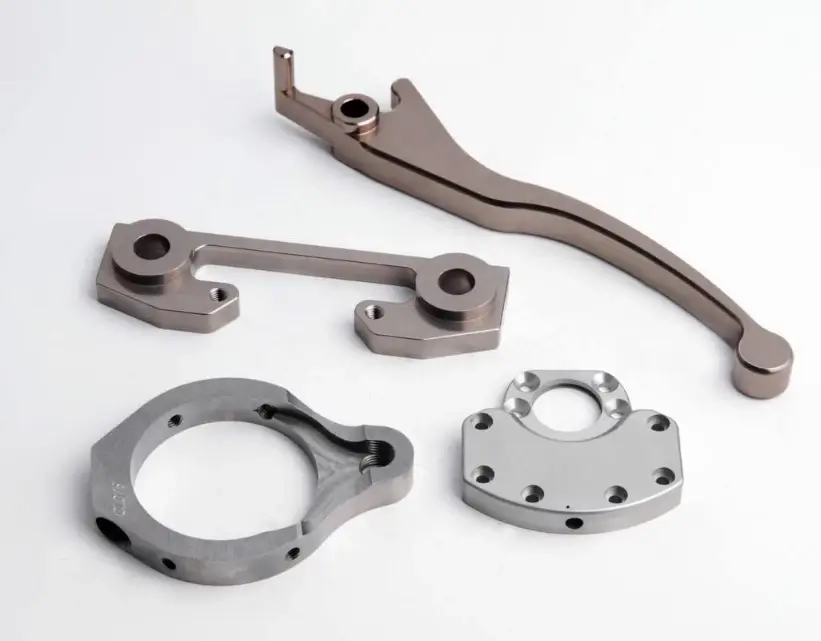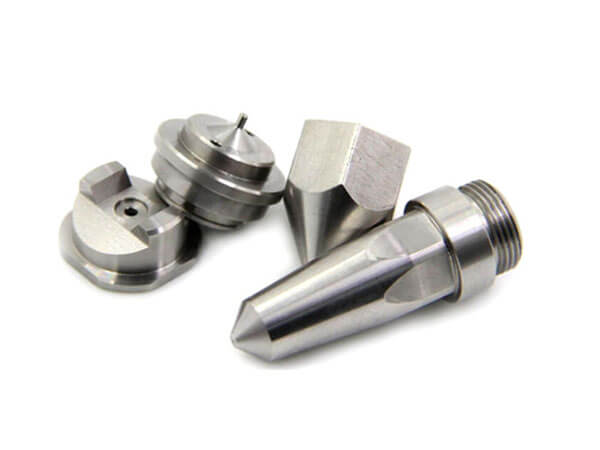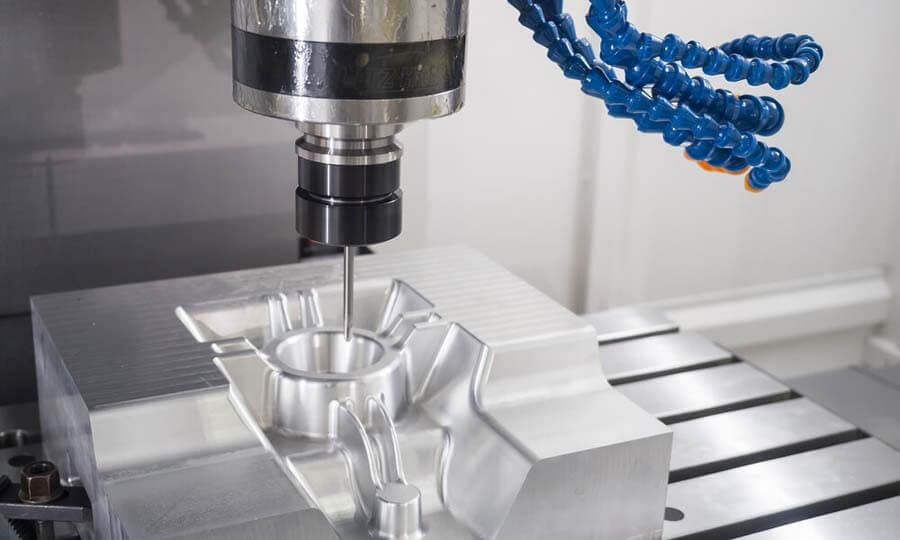A comprehensive guide to achieving dimensional accuracy in part machining
In modern manufacturing, dimensional accuracy is one of the key factors to ensure the quality, performance and reliability of part machining. Whether in aerospace, automobile manufacturing, medical devices or electronic products, high-precision parts play an indispensable role.
Therefore, in order to meet the growing market demand, the manufacturing industry must focus on achieving high dimensional accuracy. In order to achieve the accuracy of part machining, a variety of methods can be used.
Method 1: Choose the right part machining equipment
In part machining, selecting the right processing equipment is the first step to ensure high dimensional accuracy. CNC machine tools are generally considered to be ideal for achieving accuracy. These machines can control the position of cutting tools and processing parameters with extremely high accuracy. Compared with traditional manual or semi-automatic machine tools, CNC machine tools have a higher degree of automation and stability, reducing the impact of human factors on dimensional accuracy. Choose the right processing equipment.
Advanced CNC machine tools can provide higher processing accuracy and stability. CNC machine tools have precise positioning and motion control systems, which can process parts more accurately. In addition, when selecting processing equipment, you can also consider using high-precision cutting tools and workpiece fixtures to improve the accuracy of part machining.

Method 2: Optimize processing technology
Process optimization is essential to achieve high dimensional accuracy. When developing a machining process, cutting speed, feed rate, cutting depth, and tool selection must be carefully considered. These factors directly affect the size and surface quality of the part. For example, lower cutting speeds and smaller cutting depths usually help reduce thermal deformation and stress accumulation, thereby improving dimensional accuracy. In addition, regular inspection and replacement of cutting tools are key steps to maintain high-precision machining.
In addition, the use of appropriate cutting fluids and optimized process flows can reduce friction and heat accumulation during cutting, thereby improving the surface quality and dimensional accuracy of parts.
Method 3: Utilize advanced measurement technology
High-precision measurement technology is an essential tool to ensure dimensional accuracy. Traditional measuring instruments such as vernier calipers and dial indicators may not meet the requirements. Modern measuring equipment such as coordinate measuring machines, laser measuring instruments, and optical measuring systems have higher measurement accuracy and repeatability. These devices provide precise data on part size and shape, helping manufacturers to detect and correct deviations in a timely manner, ensuring that products meet the specified dimensional accuracy standards.

Method 4: Establish an effective quality control system
The quality control system is the key to ensuring the dimensional accuracy of machined parts. This can be achieved by formulating strict machining process specifications, establishing detailed process documents and records, and conducting process monitoring and quality inspections. In addition, advanced quality management methods can also be introduced to improve the stability and consistency of parts processing.
Internal audits and regular quality inspections help to discover and correct potential problems and ensure the consistency and stability of parts processing. In addition, the use of advanced data analysis tools can achieve real-time process monitoring, timely discover and correct potential problems, thereby ensuring continuous improvement of product quality.
In summary, high dimensional accuracy is an indispensable element of modern manufacturing. By selecting appropriate processing equipment, optimizing processing technology, applying advanced measurement technology, and establishing an effective quality control system, manufacturers can ensure that their parts meet the highest dimensional accuracy standards. This not only helps to improve product quality, but also helps to reduce production costs, enhance market competitiveness, meet customer needs, and ensure the sustainable development of the enterprise.
